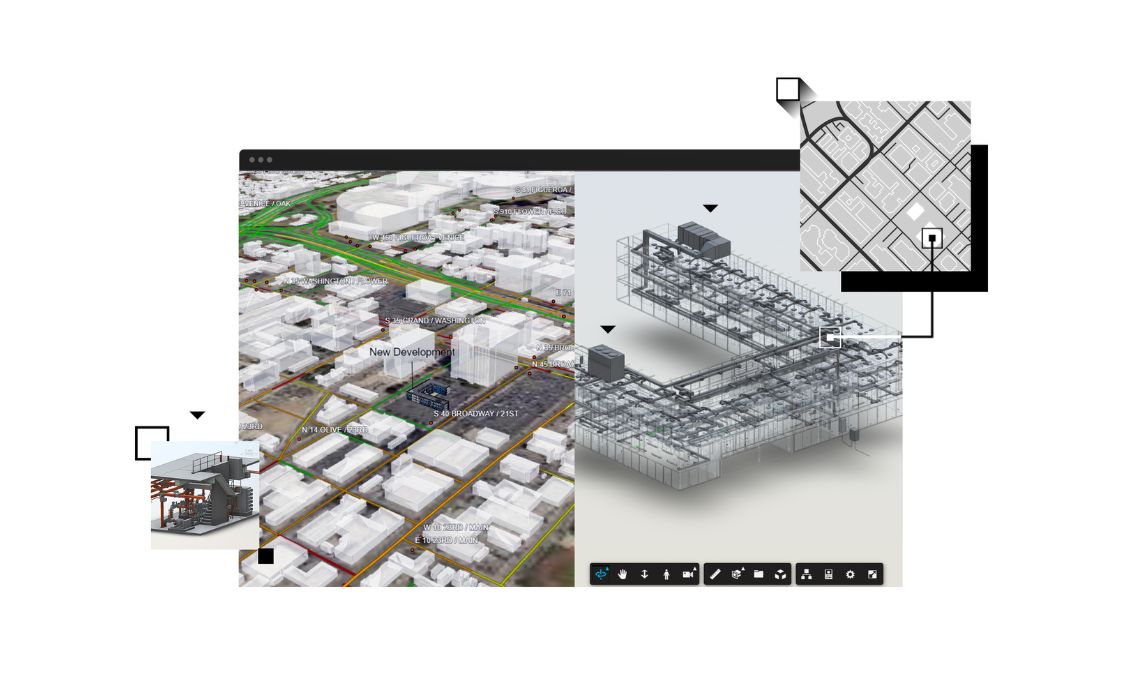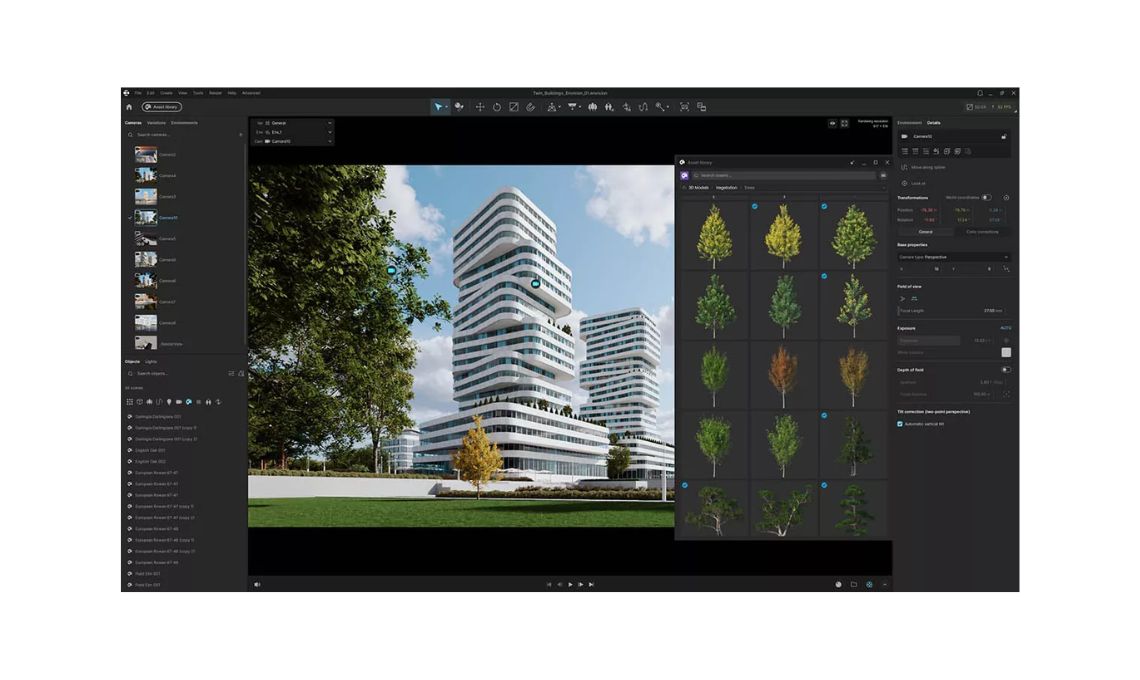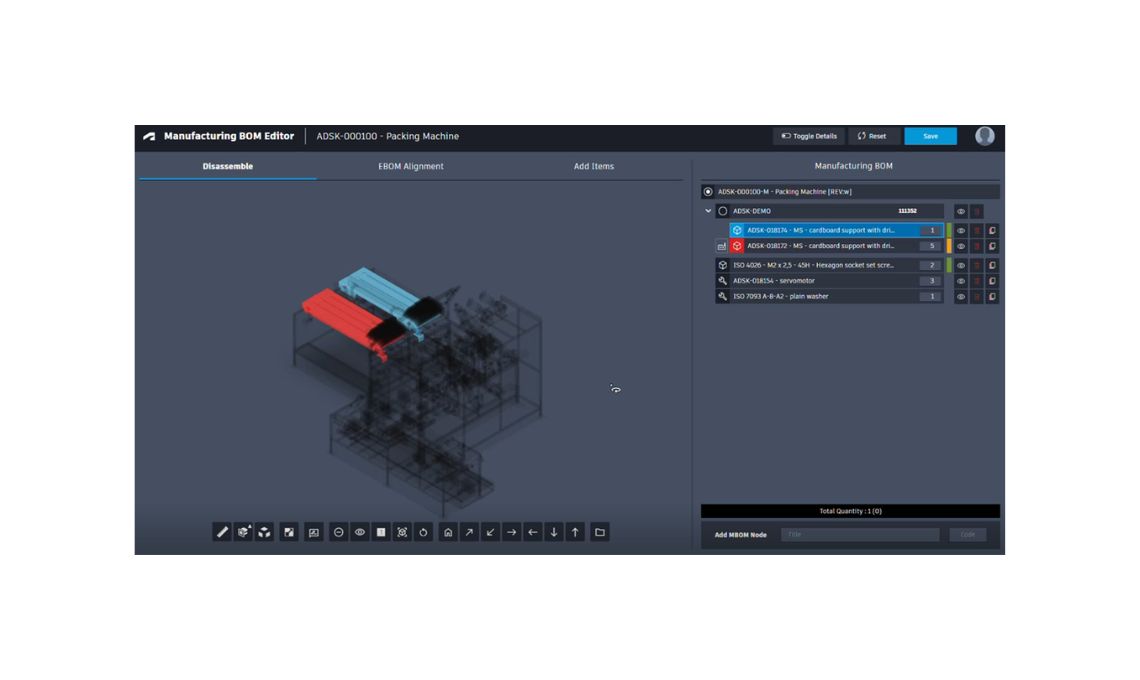In the fast-evolving world of engineering and design, staying ahead with the latest technological advancements is crucial. Autodesk Inventor Nastran, a leading simulation and analysis software, has been at the forefront of helping engineers and designers maximize their design efficiency.
This article aims to shed light on how to leverage Inventor Nastran’s capabilities to streamline your engineering workflows, enhance model accuracy, and ultimately, optimize your projects’ performance.
From tapping into your computer’s full processing power to the smart application of modeling techniques, discover the wealth of tips, tricks, and features that Autodesk Inventor Nastran offers.
1.Harnessing Your Computer’s Full Potential
One of the foundational steps to maximize design efficiency in Autodesk Inventor Nastran is to ensure that the software utilizes all available computing resources. By default, Inventor Nastran might be set to use only a fraction of your computer’s processing cores, typically four.
Adjusting the NPROCESSORS parameter to match your computer’s maximum number of cores can significantly reduce solution times, allowing for quicker iterations and faster project completions. This adjustment is a simple yet effective way to speed up your design process without any additional cost.
2.Optimizing Simulation for Rotational Mechanics
Inventor Nastran excels in simulating various mechanical stresses and scenarios, but it’s crucial to understand its limitations and workarounds. For instance, solid elements in Inventor Nastran do not allow for rotational degrees of freedom.
This limitation can be navigated by defining rigid body connectors at specific locations on a shaft or any rotating body. By selecting points for assigning constraints and releasing the necessary rotational degrees of freedom, you can accurately simulate a pin connection, enhancing the realism and reliability of your simulations.
3.Leveraging Symmetry and Frictional Constraints
Efficiently modeling and analyzing symmetric designs can significantly reduce computational time and resources. Inventor Nastran allows users to define symmetry conditions using frictional constraints, enabling the analysis of half a model as if it were the whole.
This approach not only speeds up the analysis but also reduces the complexity of setting up the simulation, making it an indispensable trick for handling symmetric components or assemblies.
4.Simplifying Bolted Connections
Analyzing bolted connections is a common yet complex task in many engineering projects. Inventor Nastran streamlines this process by integrating with the Inventor environment to include washers in the simulation directly. This integration eliminates the need to define split faces for accurately determining the load-bearing faces, thus simplifying the setup process and improving the accuracy of the simulation results.
5.Choosing the Right Element Types
The choice of element type plays a pivotal role in the accuracy and efficiency of simulations. For thin models, where the thickness to length ratio exceeds 1:30, utilizing Shell elements is recommended.
Shell elements are more suited for handling thin geometries, providing more accurate stress and deformation results without the computational overhead of Solid elements. This tip is particularly beneficial for analyzing thin-walled designs and components efficiently.
6.Utilizing Solver Offset Bonded Contacts
When dealing with models converted to surfaces, such as those identified using Find Thin Bodies or Midsurfaces functions, employing Solver Offset Bonded contacts is a game-changer.
This technique ensures that the surfaces remain bonded during the simulation, even if there’s a slight offset between them, which is common in converted models.
This method enhances the stability and accuracy of simulations involving complex or thin-walled geometries, allowing for more reliable analysis results.
Conclusion
Autodesk Inventor Nastran offers a rich set of features and capabilities designed to optimize and streamline engineering and design workflows. By harnessing the full power of your computer, understanding and applying specific modeling techniques, and leveraging Inventor Nastran’s integration with the Autodesk Inventor environment, you can significantly enhance the efficiency and accuracy of your simulations.
Whether you’re dealing with complex rotational mechanics, symmetric designs, bolted connections, or thin-walled geometries, these tips and tricks pave the way for a more productive and successful design process.
Embrace these strategies to unlock the full potential of Autodesk Inventor Nastran and stay ahead in the competitive landscape of engineering and design.








